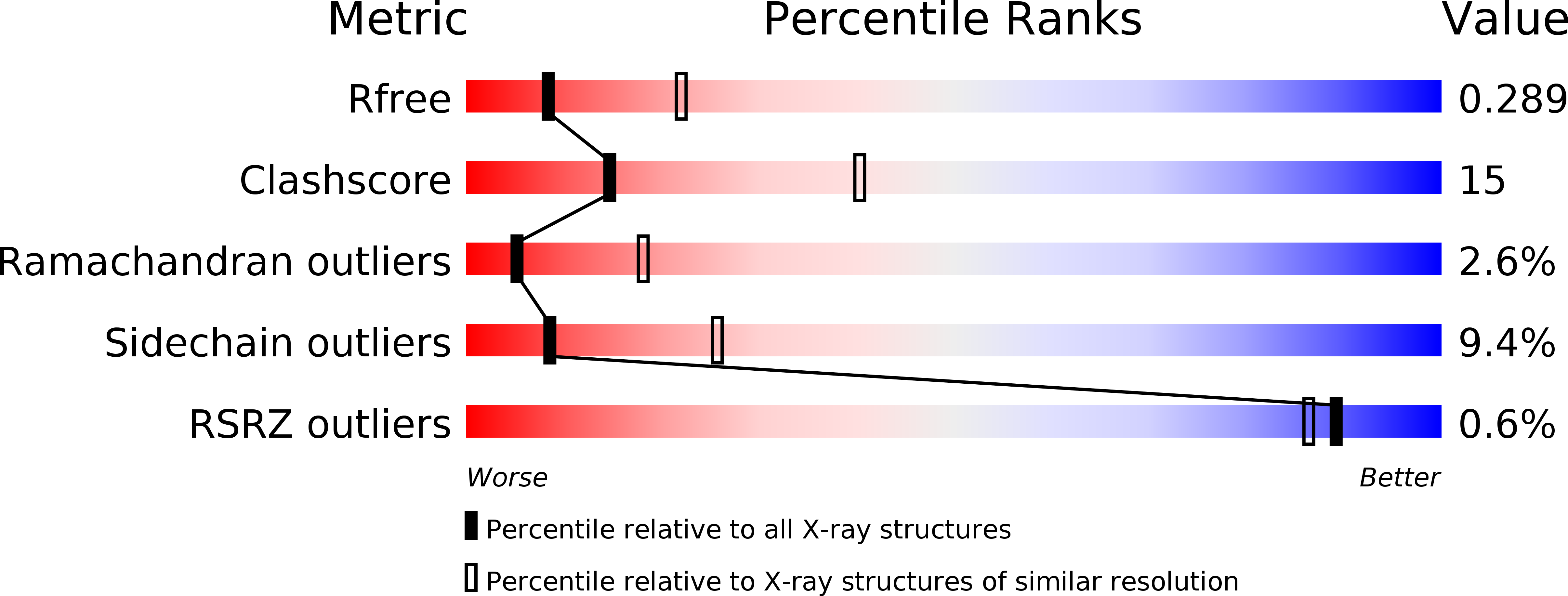
Deposition Date
2006-09-12
Release Date
2006-11-28
Last Version Date
2024-11-20
Method Details:
Experimental Method:
Resolution:
2.80 Å
R-Value Free:
0.30
R-Value Work:
0.24
R-Value Observed:
0.24
Space Group:
C 1 2 1


